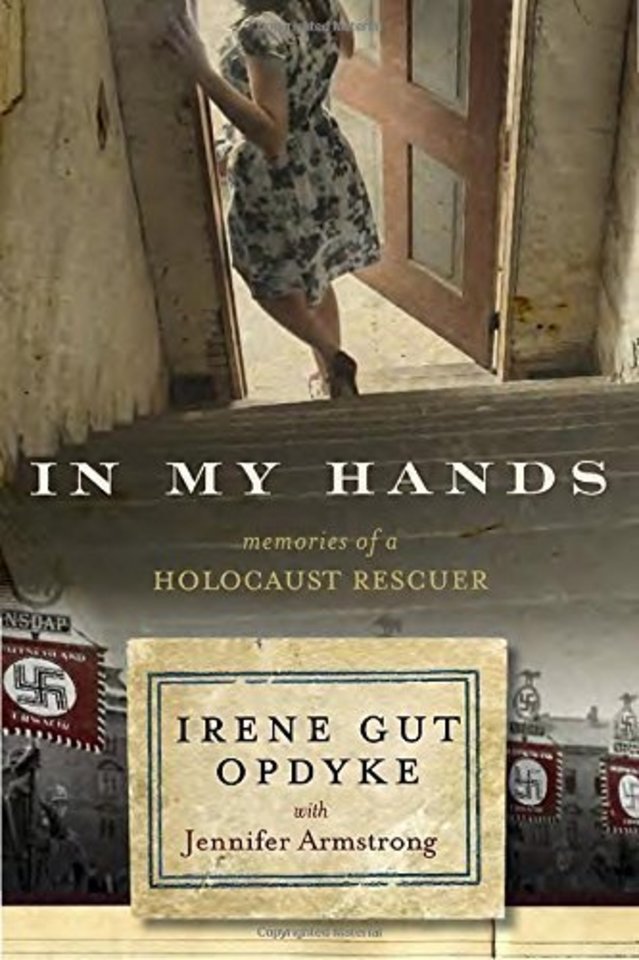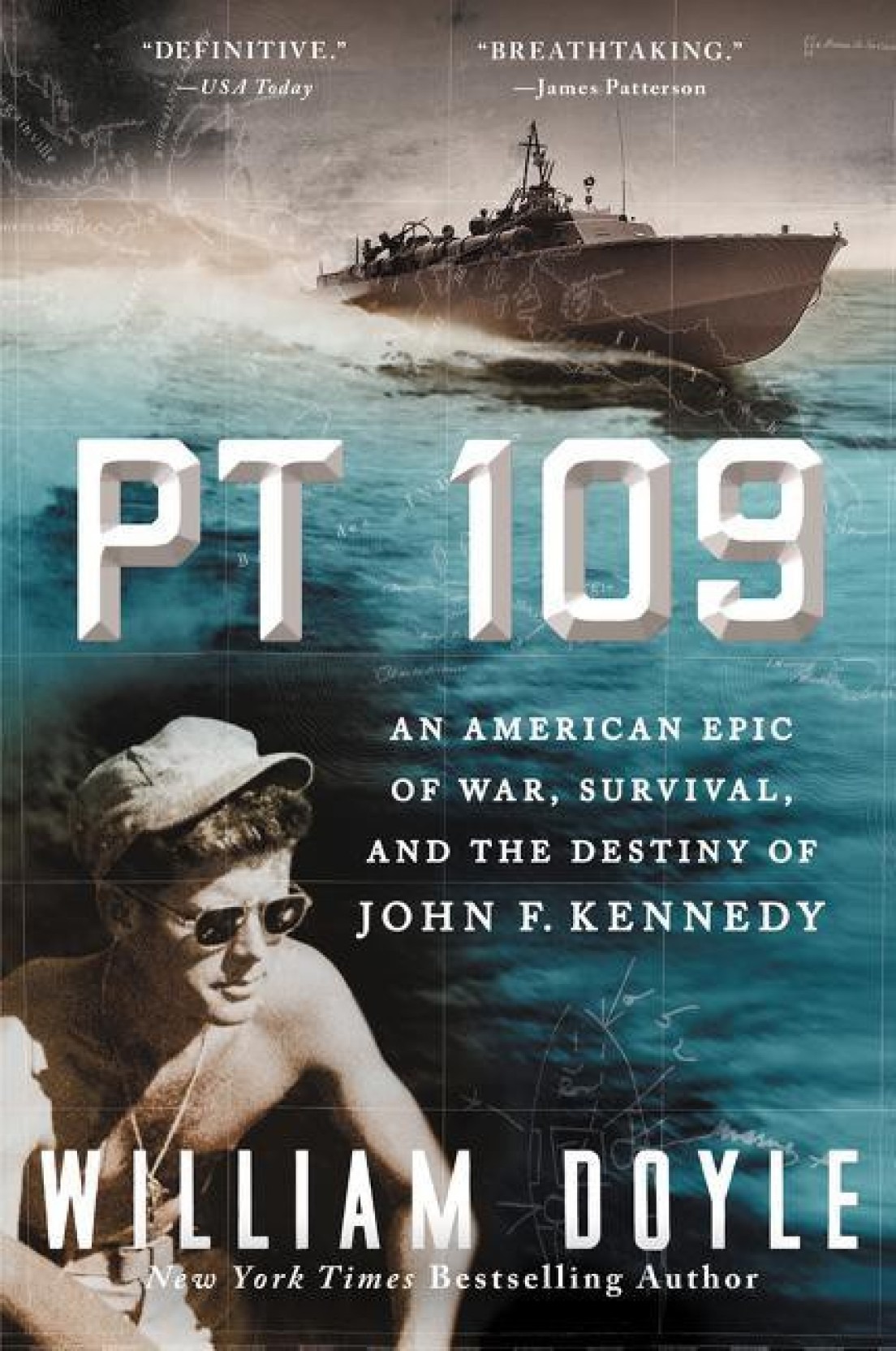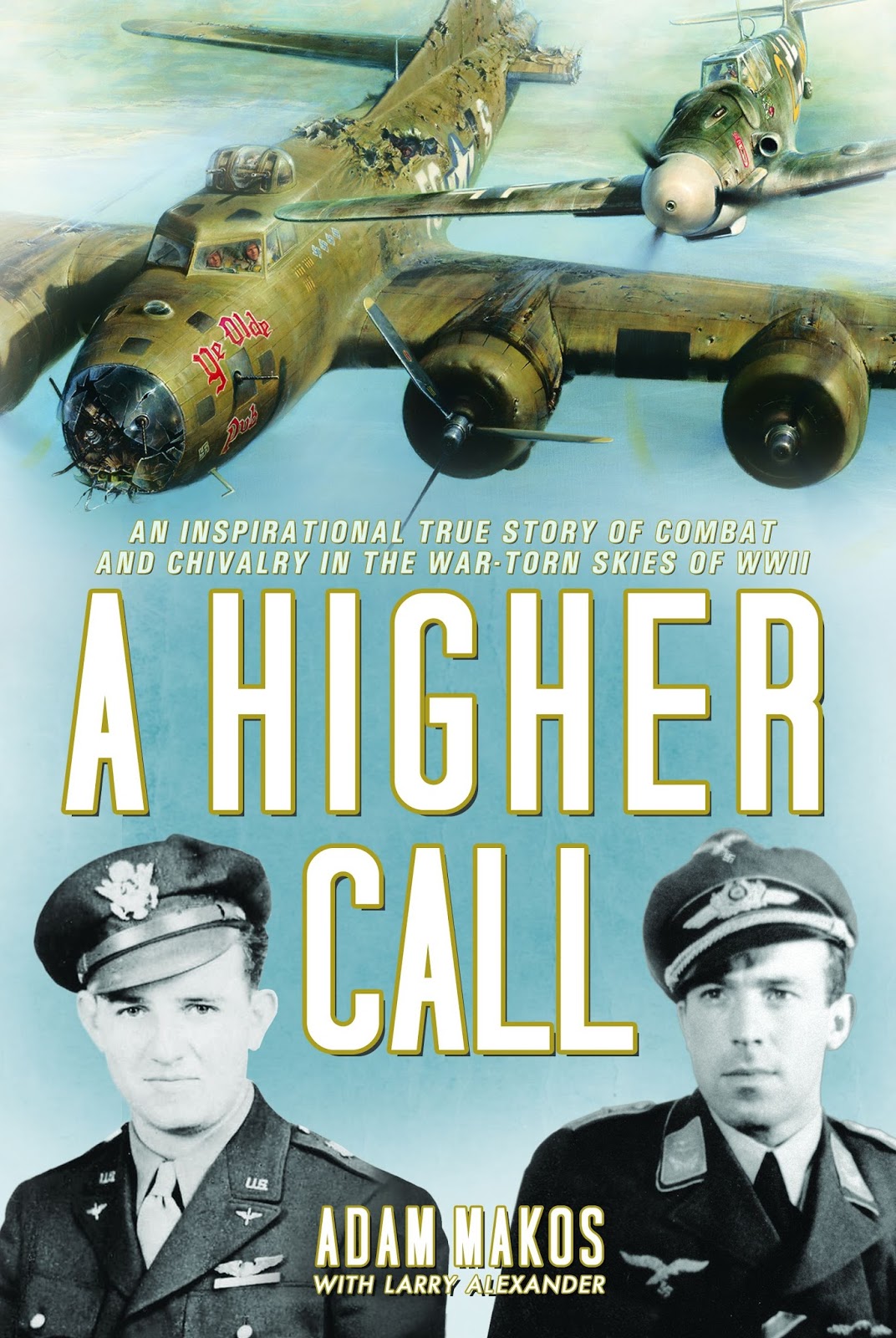In My Hands
In My Hands Set in Poland during WWII, In My Hands is the memoir of Irene Gut Opdyke, who helped rescue Jews during German occupation… Read More »In My Hands
In My Hands Set in Poland during WWII, In My Hands is the memoir of Irene Gut Opdyke, who helped rescue Jews during German occupation… Read More »In My Hands
PT 109 For the last official USA eVote Reads post of 2018 (expect a special post on the 31st) we feature a History Series… Read More »PT 109
A Higher Call 75 years ago today, one of the greatest Christmas stories took place. In the skies over Germany, a young American fighter pilot… Read More »A Higher Call


